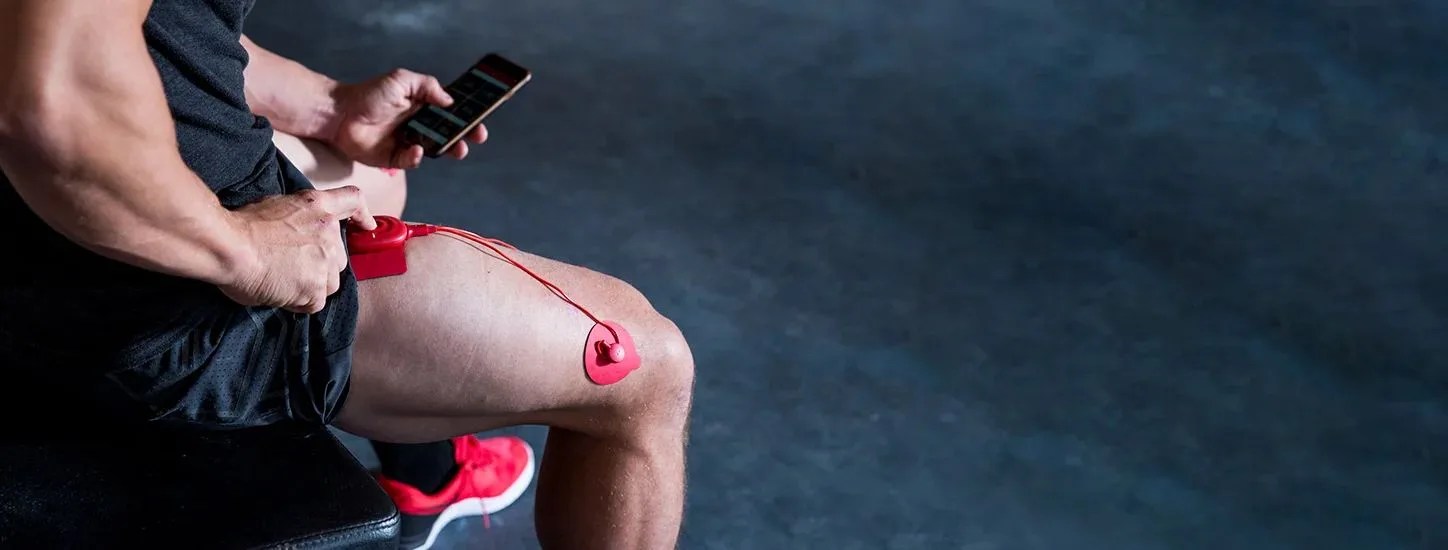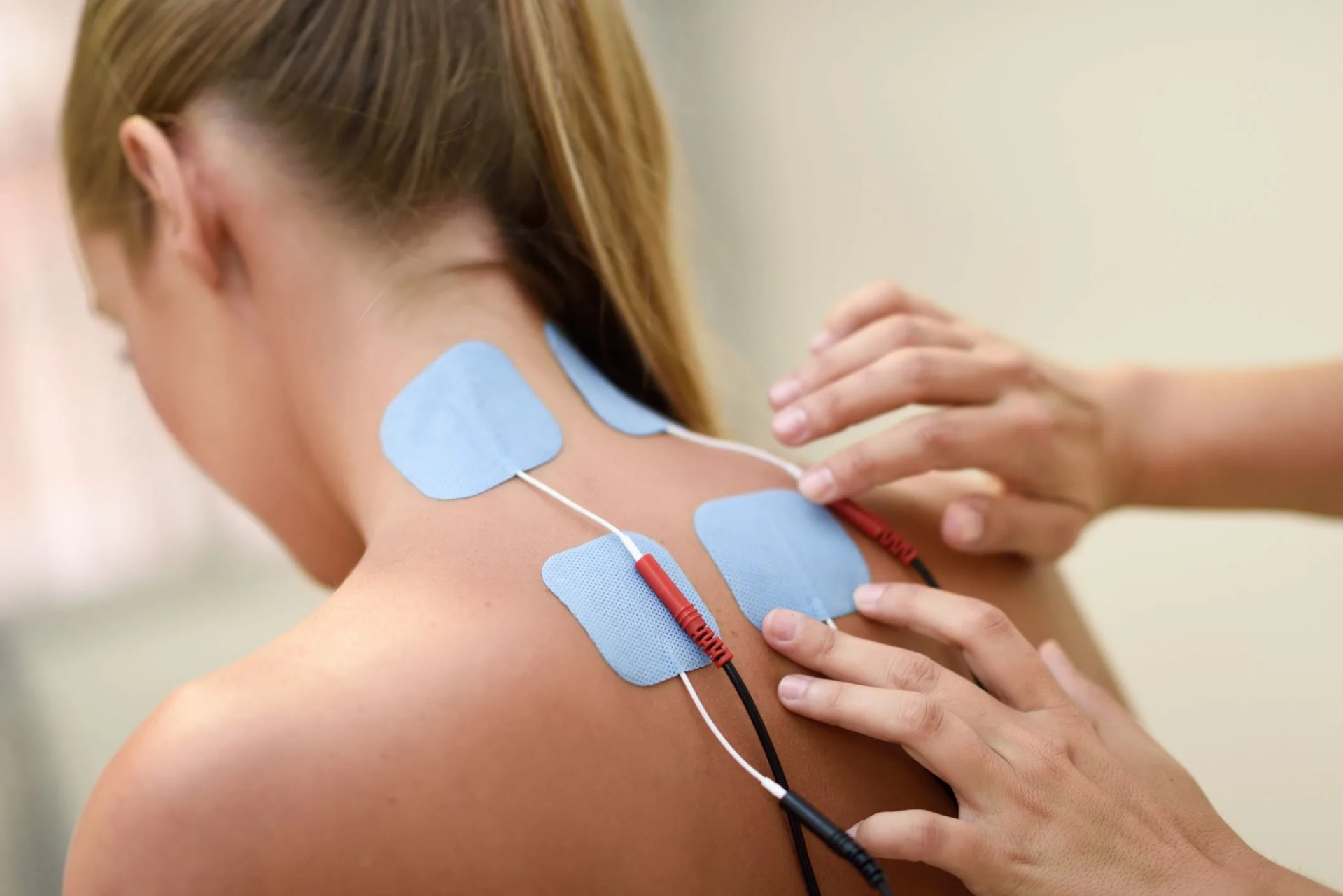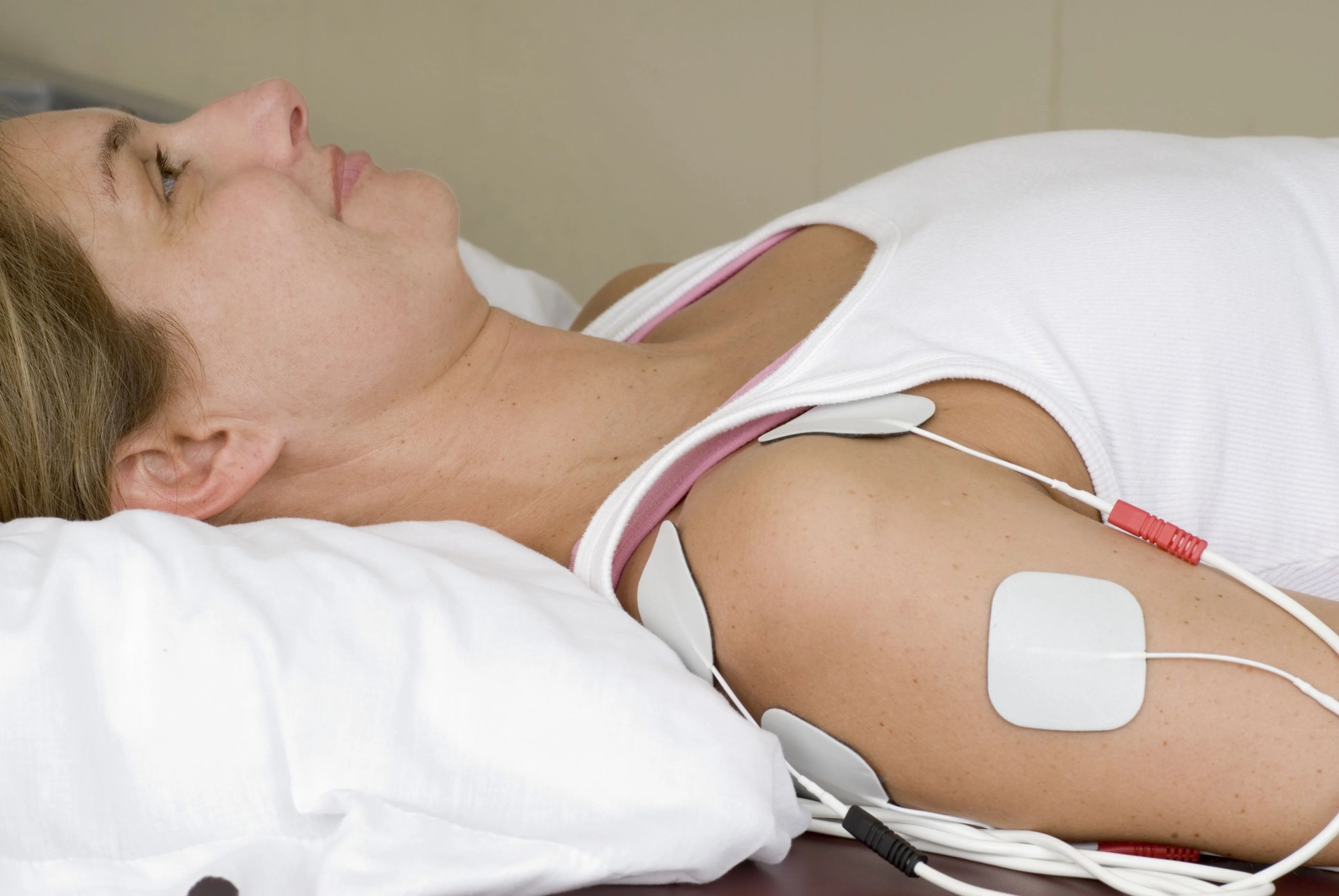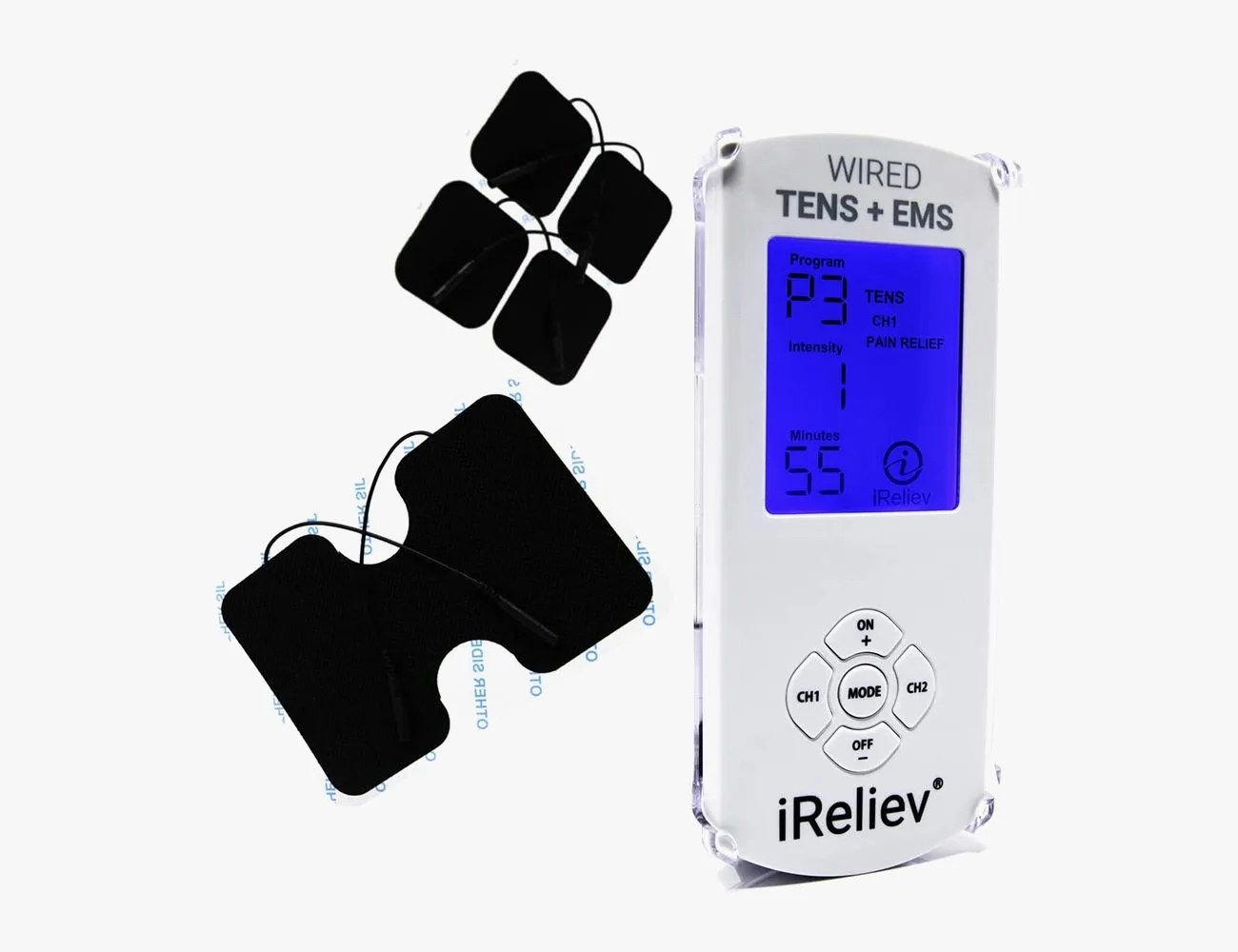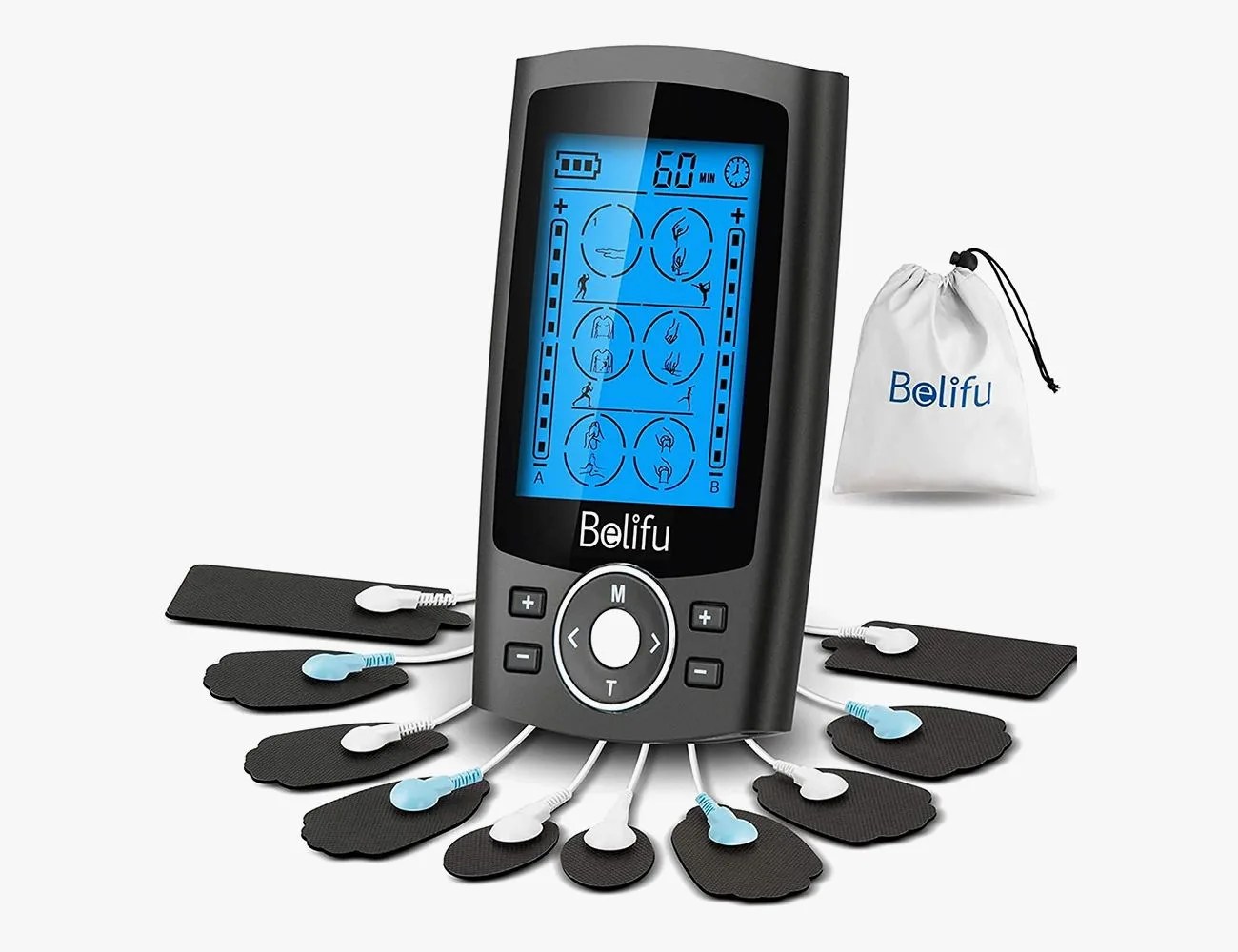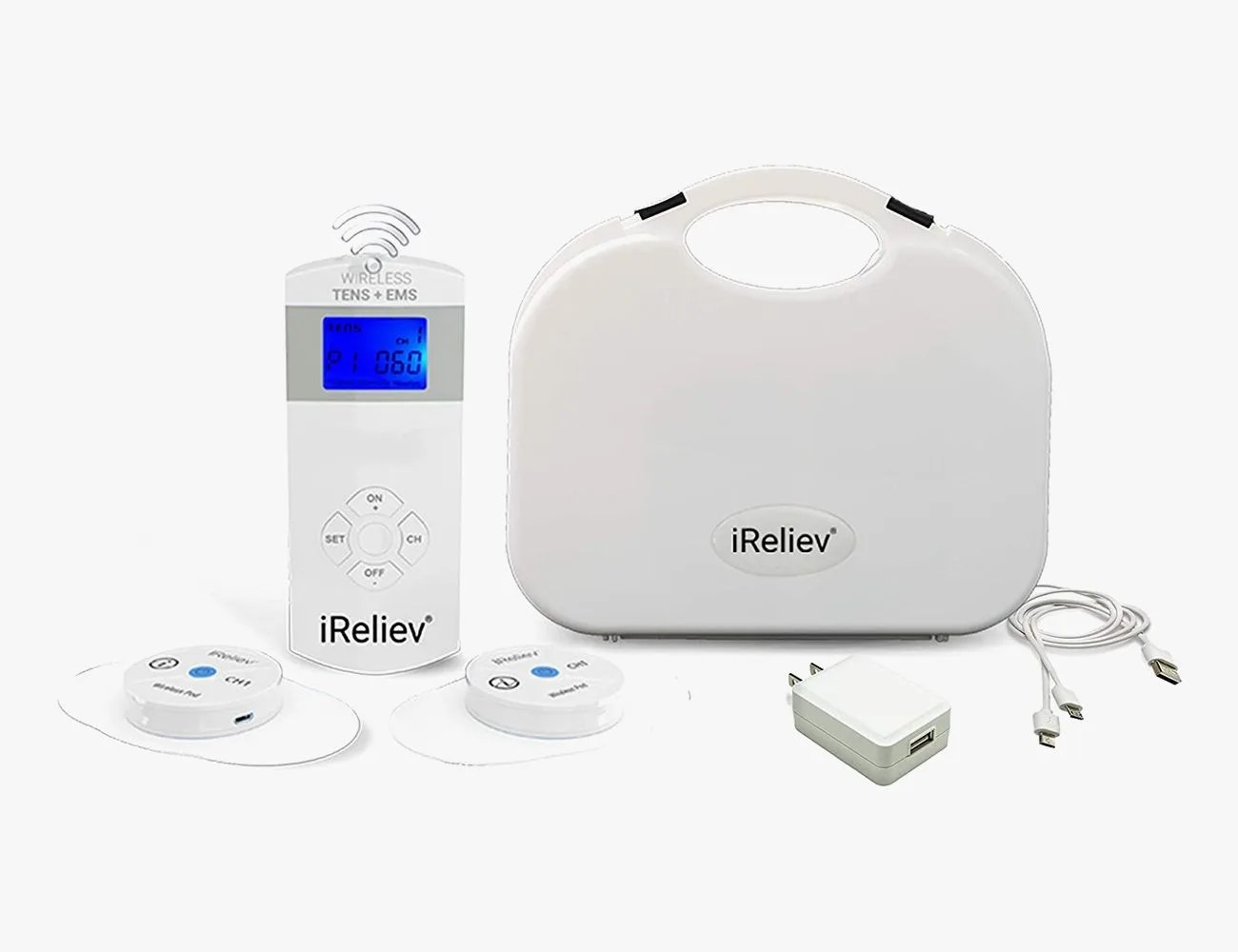For those wanting a non-invasive approach to post-workout recovery, Transcutaneous Electrical Nerve Stimulation, or TENS, can be an excellent option. A small head unit sends small electrical impulses to well-placed electrode pads across your target ache in an effort to help block pain receptors and encourage the production of endorphins, the body’s natural pain pill.
But you don’t need to schedule an appointment with your local chiropractor or physical therapist to take part in this relieving shock therapy — there’s an abundance of worthwhile at-home profiles perfect for the job. But while using a TENS unit may seem intuitive, there are some steps and precautions you need to take prior to use. We’re talking about sending jolts of electricity into your body, after all.
From where you place your electrode pads, to proper actions pre-, mid- and post-treatment, there are a number of notes worth remembering before signing up for a TENS unit experience. Before diving into these key steps and factors, though, it can be helpful to understand just what a TENS unit can do, and why they can be a worthwhile investment (and worth the extra precautions).
Is TENS safe?
While voluntarily shocking yourself might seem like a painful, unsafe endeavor, treating aches and pains with TENS treatment is generally considered effective and safe. Still, there are some precautions to take.
For one, don’t overextend the impulse intensity past your body’s threshold. If treatment becomes uncomfortable, then you could overstimulate the skin and musculature, leading to potential burns and skin irritation. Additionally, some areas on your body should be avoided (detailed below).
Lastly, those that are pregnant, have heart problems or utilize an implanted medical device like a pacemaker or infusion pump should forgo this recovery modality. Naturally, if you are curious or wary of how your body will react to TENS, it’s always recommended to consult your physician before treatment.
